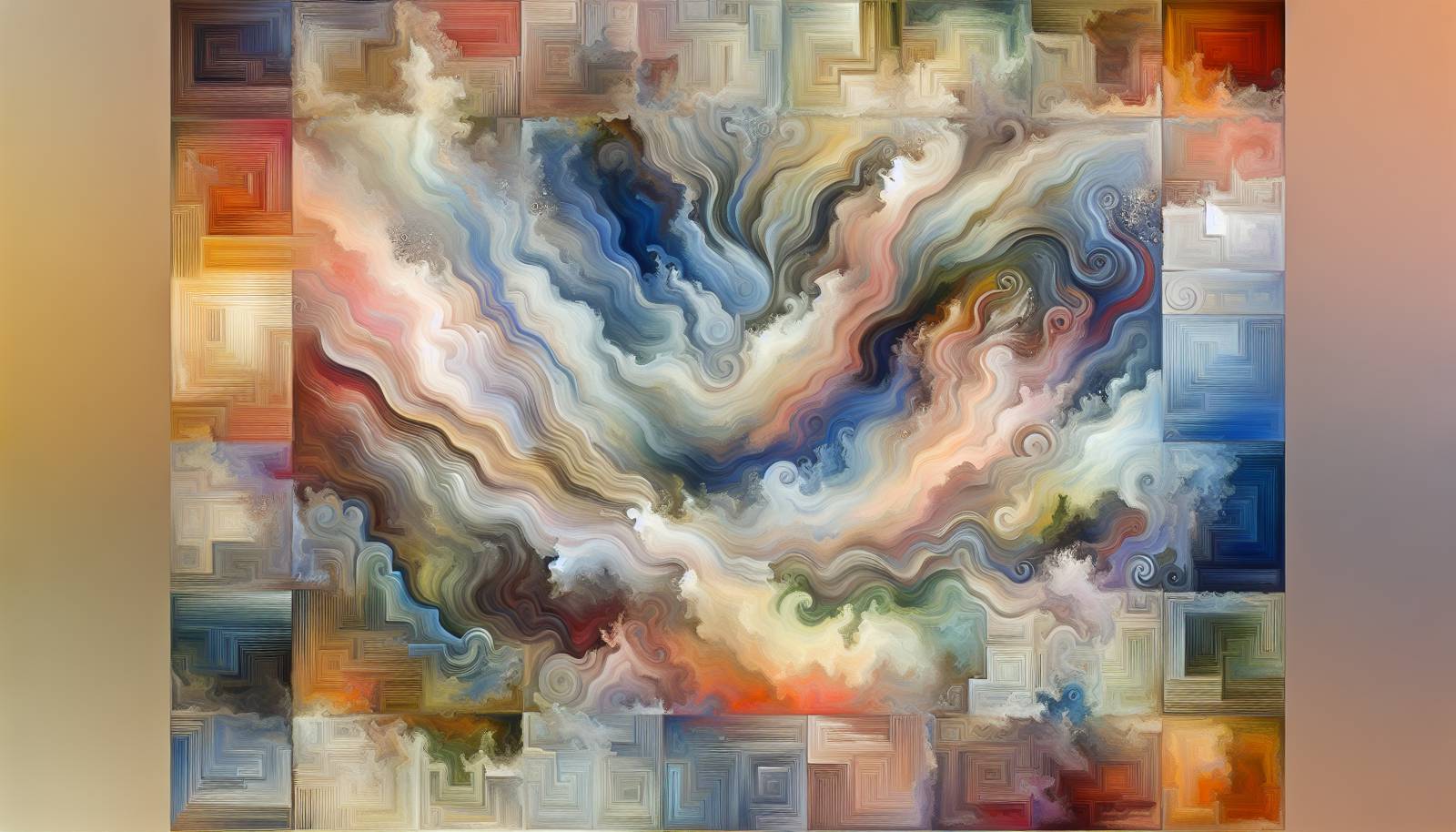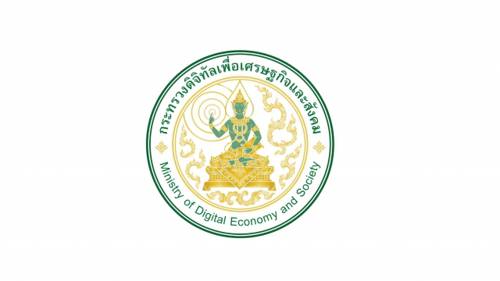
FAQ About The Role of Artistic Censorship in Cultural Curation

What is artistic censorship?
Artistic censorship refers to the suppression or restriction of artistic expression, often enacted by government bodies, religious institutions, or other influential organizations. Censorship can involve the removal, alteration, or prohibition of artworks based on their perceived content, themes, or messages that might be considered offensive, politically sensitive, or morally inappropriate.

How does artistic censorship influence cultural representation?
Artistic censorship can significantly influence cultural representation by determining which narratives and voices are visible to the public. By controlling the distribution and accessibility of certain artworks, censorship can skew cultural narratives, often favoring dominant or accepted ideologies while marginalizing alternative perspectives.

What role does artistic censorship play in cultural curation?
In cultural curation, artistic censorship plays a role by shaping the selection, interpretation, and presentation of artworks. Curators may need to navigate censorship laws or societal norms to exhibit artworks, potentially leading to self-censorship or altered thematic focuses to align with permissible standards.

Can you give examples of historical instances of artistic censorship?
Historical examples of artistic censorship include the Nazi regime's suppression of modern art they deemed "degenerate," the Soviet Union's control over art to ensure it aligned with socialist realism, and the U.S. government's censorship of political artworks during various periods, such as the Cold War era.

What are the common reasons behind artistic censorship?
Common reasons for artistic censorship include political motives, religious beliefs, the desire to maintain social norms, and the intention to protect individuals or groups from exposure to content considered offensive or harmful. Governments and institutions may censor art to suppress dissent, protect cultural or national identities, or maintain authority.

How do different societies approach artistic censorship?
Different societies approach artistic censorship in varied ways, influenced by their cultural norms, legal systems, and historical contexts. In some societies, censorship is formalized through laws and regulations, while in others it might be more informal, relying on social or community standards. The extent and nature of censorship can therefore vary widely across the globe.

What impact does censorship have on artistic innovation?
Censorship can stifle artistic innovation by limiting the freedom to explore controversial or unconventional ideas. Artists may avoid experimentation or edgy themes out of fear of repercussions, leading to a more homogenized art scene. Conversely, some artists find ways to navigate and resist censorship, innovating under constraints and pushing boundaries creatively.

In what ways can censorship affect artistic dialogue?
Censorship affects artistic dialogue by restricting the topics and issues that can be openly discussed or depicted through art. This can hinder public discourse on important cultural, social, and political matters. The suppression of certain artworks or themes can lead to a lack of critical engagement with these subjects in society.

How do artists typically respond to censorship?
Artists often respond to censorship through various strategies, including creating allegorical works, using symbolic language, or engaging in self-censorship to comply with the constraints. Some may resort to underground or alternative channels to showcase their uncensored work, while others may proactively challenge censorship laws or systems through activism and public discourse.

Are there any legal protections against artistic censorship?
Legal protections against artistic censorship vary by country but can include constitutional rights such as freedom of speech and expression. In democratic societies, artists may have recourse to legal action if they believe their rights to free expression are unjustly infringed. However, the effectiveness of these protections can depend on the legal framework and cultural context of each country.

What role do curators play in addressing artistic censorship?
Curators can play a critical role in addressing artistic censorship by advocating for artistic freedom and negotiating with institutions to ensure diverse and inclusive exhibitions. They can also support artists in navigating censorship challenges and work to create platforms that promote underrepresented voices and themes.

How does censorship interact with digital art and online platforms?
Censorship of digital art and on online platforms presents unique challenges as content is easily shared and accessible globally. Social media companies and digital platforms often have their own content policies, which can lead to the removal of art perceived as offensive or inappropriate. Additionally, governments increasingly regulate online content, further impacting how digital art is curated and shared.

Can censorship ever positively influence art creation?
While censorship is generally viewed as a restriction, it can sometimes inadvertently foster creativity by pushing artists to develop new methods and approaches to express their ideas within constraints. This can result in innovative artistic forms and provocative content that communicates complex messages through subversion and metaphor.

What examples exist of censorship in the modern art world?
Examples of modern censorship in the art world include controversies over exhibits featuring political or sexual themes, such as reactions to artworks censored in major exhibitions or museums due to their provocative nature. Online platforms also frequently encounter debates over content moderation policies affecting digital art representation.

How do cultural differences impact perceptions of what should be censored?
Cultural differences greatly impact perceptions of censorship, as values, traditions, and societal norms vary around the world. What might be considered acceptable and celebrated in one culture could be viewed as inappropriate or offensive in another, thus leading to different censorship practices and challenges for artists globally.

How is artistic censorship addressed in international art institutions?
International art institutions often approach artistic censorship by balancing cultural sensitivity and artistic freedom. They may establish guidelines to ensure respectful representation while advocating for artists' rights to free expression. These organizations sometimes engage in dialogue with stakeholders to address censorship concerns and find ways to present sensitive content responsibly.

In what ways can censorship lead to social change?
Censorship can inadvertently lead to social change by drawing attention to suppressed topics and generating public debate. Controversies surrounding censored artwork can highlight societal issues and inspire activists and communities to challenge prevailing censorship practices, ultimately contributing to shifts in societal norms and policies.

What are some challenges faced by curators regarding artistic censorship?
Curators face challenges such as balancing artistic integrity with institutional regulations, addressing public and private funding constraints, and managing potential backlash from audiences or authorities. They must navigate these issues while maintaining a commitment to presenting diverse and provocative art to stimulate cultural discussion.

How do educational institutions handle artistic censorship?
Educational institutions handle artistic censorship by creating policies that balance academic freedom with community standards and legal requirements. They often engage in dialogues with students and faculty to address censorship concerns and advocate for an open educational environment where diverse artistic expressions are explored and respected.

What are the ethical considerations in artistic censorship?
Ethical considerations in artistic censorship involve weighing the protection of audiences, particularly vulnerable groups, against the importance of free expression and access to diverse viewpoints. Institutions and curators must consider the potential impact of censorship on cultural development and societal growth while respecting individual rights to expression and the need for cultural sensitivity.
